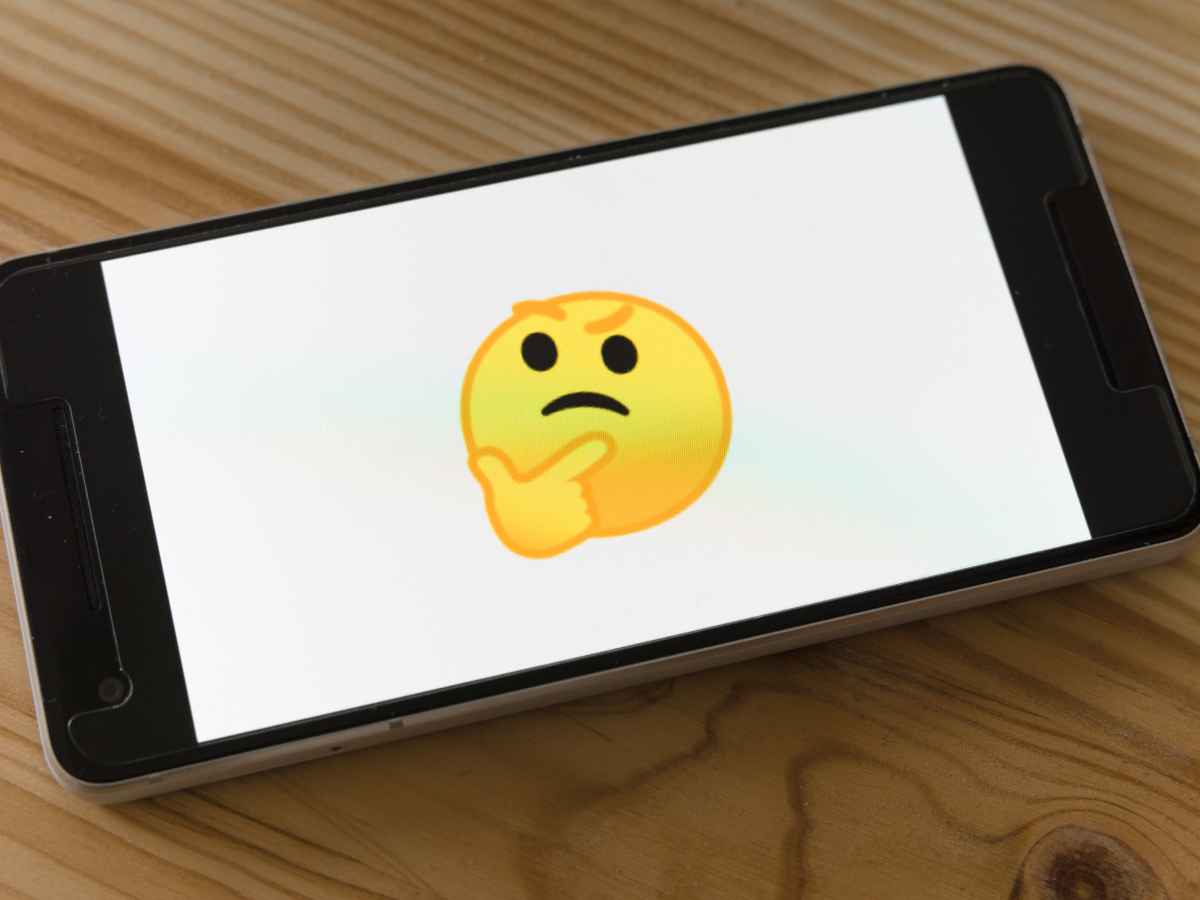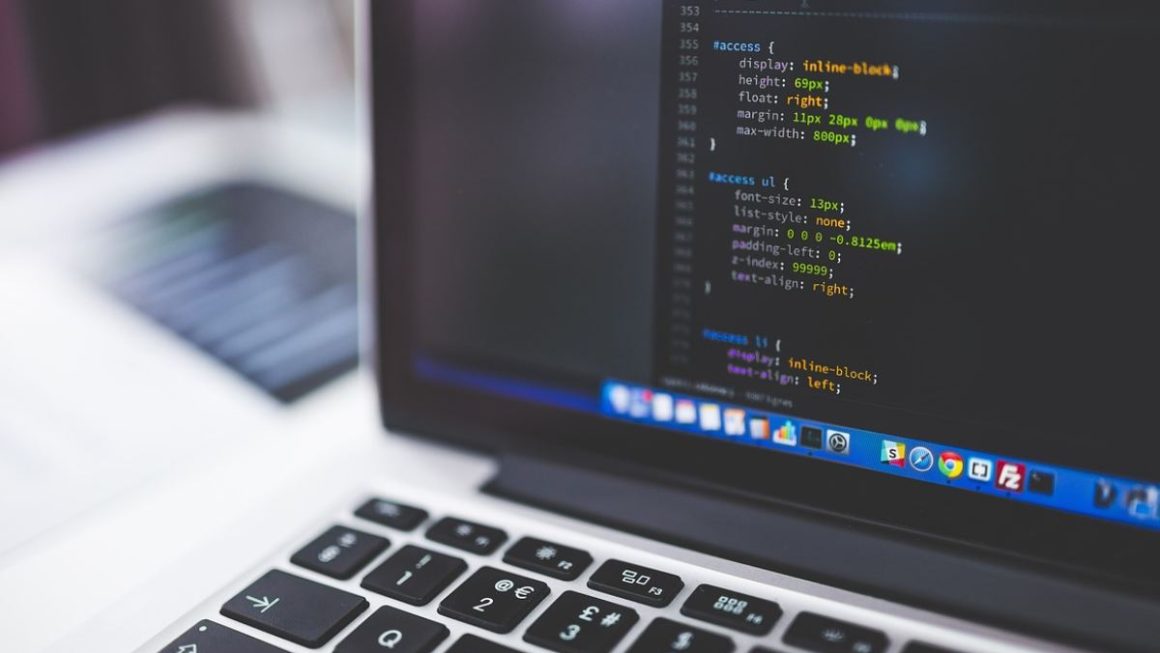People who use social media in their daily life are not new to this topic of emojis, they will use them daily in communication with their friends and colleagues. Nowadays, Emojis have become an integral part of our digital communication. From the rise of social media, these icons have secured a special place in the texting and communication of all social media platforms. These small pictorial icons add a touch of emotion and personality to our messages, allowing us to express ourselves more visually and engagingly. Using the most popular emojis or knowing the recipient of these symbols well are some keys to success in work communications.
The use of emojis has transformed the way we communicate online. They provide a quick and efficient way to convey emotions that may be difficult to express through text alone. Whether it’s a smiley face to indicate happiness or a thumbs-up to show approval, emojis help us add depth and nuance to our messages.
Table of Contents
What Exactly Are Emojis?
Emojis are small digital symbols or icons representing various emotions, objects, activities, and ideas. They originated in Japan in the late 1990s and have gained worldwide popularity. Emojis are now universally recognized and used across different platforms and devices. Furthermore, emojis have become an essential tool for marketers and advertisers.
They can be used strategically in social media campaigns or email marketing to capture attention, evoke specific emotions, and enhance brand messaging. According to the survey on emojis, almost 70% of Americans use emojis to add humor to their messages, and only 4% revealed they do not use emojis. Youth and teens are more into these emojis and their usages. They will use different emojis while communicating on social media.
It’s A Myth That Emojis Make People Look Incompetent At Work.
It sounds ironic that emoji research findings have sometimes been communicated misleadingly and misinterpreted.
Looking closely at the work, you will see that this is far-fetched. Genuine employment relationships were not examined at all. The result of the study relates only to people who do not know each other, who hardly know anything about each other, and who are asked to assess whether the other person makes a professional impression based on a single email.
If anything can be derived from this for everyday work, then it is this: It is better not to use emojis in an application or an initial offer to a potential customer. Anyone who sticks to the rules for personal communication would have thought of it themselves: People who don’t know each other tend to interact at a distance. The more familiar the relationship is, the more emotions – or emojis – are shown. So you may even be able to send a heart to your favorite colleague or, if things are going badly for you, a pile of shit.
An Emoji Says More Than A Thousand Words.
By no means only funny smileys: Emojis can significantly increase efficiency if they are accepted as part of the working language. When used correctly, they minimize unnecessary communication and replace time-consuming follow-up messages.
Fifty-four percent of employees surveyed say that using emojis can speed up communication at work. And in the best case, they feel better understood than “just” with words: 58 percent state that using emojis at work can communicate more subtleties with fewer words. In the US, even 69 percent say so.
Tips To Use Emojis At Work
It’s high time to use emojis at work. The small faces and icons make typed messages easier to understand and mostly warmer. That would be good for office communication and employee relations, leading to increased productivity.
We provide better tips to follow if you want to use emojis in the workplace. If you follow them, there are only advantages and no effects.
1. Use the most common emojis
2. Know the recipient of the emoji well
3. Everything in Moderation
4. Be positive and drop the sarcasm
Final Say
Emojis serve as a visual language that transcends traditional text-based communication. Their widespread usage has made them an essential part of our digital conversations, allowing us to express ourselves more effectively online. Emojis help to assess whether a mistake is forgiven, what the mood and situation in the office are like, and which colleagues like you. Even a contrite face in the news flow is not a bad sign for the working atmosphere in general. The more precise the communication, the safer individual team members can make decisions and act. Emojis even make you more productive.




